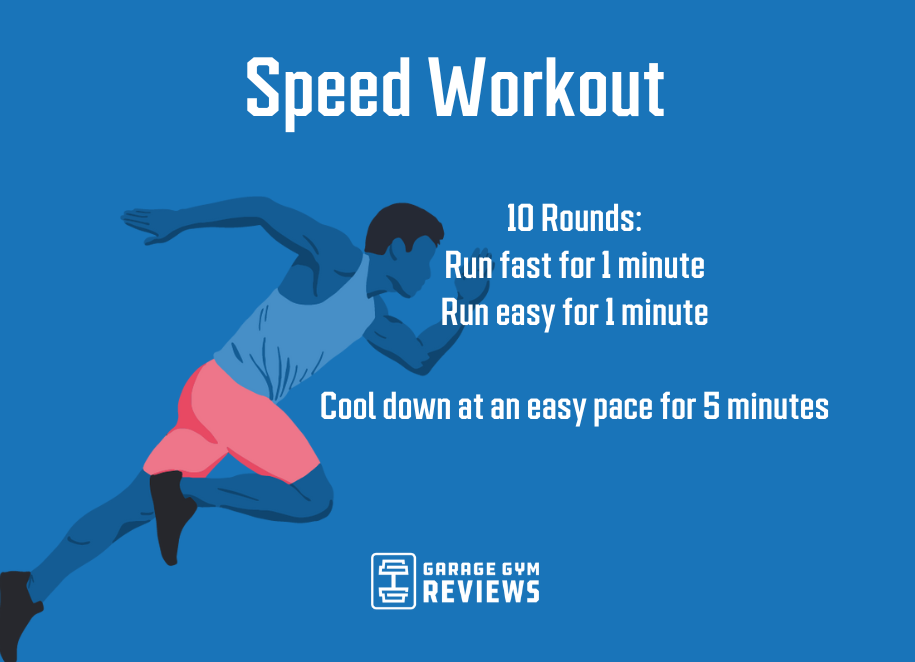Exactly How to stop and Take Care Of Discomfort in Operating: Professional Tips and Suggestions
As joggers, we commonly discover ourselves caught in between the excitement of pushing our physical limits and the discomfort that can accompany it. The pursuit of that runner's high can sometimes be hindered by the unwanted friend of discomfort. Whether you are an experienced marathoner or a newbie striking the pavement for the initial time, the irritating visibility of discomfort and discomfort is a common denominator. Nevertheless, there exist tried and tested strategies and expert guidance that can assist mitigate and manage these pains, allowing you to concentrate on the delight of running itself.
Relevance of Proper Shoes
Proper shoes plays a vital duty in preventing and taking care of pain for runners, as it considerably affects their convenience, performance, and overall foot health. When it involves running, wearing the right footwear can make all the difference. Uncomfortable or inappropriate footwear can cause a host of issues such as sores, shin splints, plantar fasciitis, and also much more severe injuries like tension fractures.
Choosing the correct running footwear entails taking into consideration variables such as foot type, stride auto mechanics, running surface, and individual preferences. Joggers with high arcs might need even more cushioning and assistance, while those with flat feet might take advantage of stability shoes. In addition, recognizing pronation (the internal rolling of the foot) and supination (the outward rolling of the foot) can help in selecting footwear that give the right level of arch support.
Purchasing high quality running footwear that are proper for your private requirements can assist stop pain and discomfort while improving your running experience. Focusing on appropriate footwear is not almost efficiency however also concerning securing your foot health and wellness over time.

Efficient Warm-up Strategies
A vibrant warm-up regimen before a run aids enhance blood circulation to the muscle mass, boosts versatility, and boosts the range of movement of the joints. Dynamic stretches like leg swings, high knees, and hip circles are valuable in preparing the body for the physical demands of running.
In enhancement to dynamic stretches, including some light cardio workouts such as jogging or avoiding rope can further raise the heart rate and warm up the body. This combination of vibrant stretching and light cardio assists loosen up tight muscular tissues, oil the joints, and psychologically prepares the jogger for the upcoming workout (running strategy). By making warm-ups a consistent component of your running regimen, you can dramatically minimize the threat of injuries and perform at your finest throughout each run
Key Stretching Workouts
When planning for a run, incorporating crucial extending exercises is more info crucial to improve muscle mass flexibility and avoid injuries - Read More. Dynamic extends such as leg swings, high knees, and hip circles are helpful for warming up the muscle mass and increasing series of movement before a run. These movements help improve blood circulation, loosen limited muscles, and prepare the body for the activity in advance
Fixed stretches like calf stretches, hamstring stretches, and quadriceps stretches need to follow a run to assist in muscle healing and prevent tightness. Holding each go for 15-30 secs permits the muscles to loosen up and elongate, minimizing the risk of post-run discomfort and possible injuries.
Additionally, integrating yoga exercise postures like down canine, pigeon present, and spinal spins can target multiple muscle mass teams simultaneously, promoting overall flexibility and strength. Consistent extending regimens not just boost performance but additionally assist in preserving great running type and protecting against overuse injuries. Remember, appropriate stretching methods are crucial for a safe and delightful running experience.
Recovery and Rest Strategies
After finishing a run, implementing effective recuperation and rest strategies is important for taking full advantage of efficiency and minimizing the risk of injuries. Additionally, including remainder days right into your training routine is crucial to avoid overuse injuries and exhaustion.
Energetic recovery methods such as mild stretching, foam rolling, and yoga exercise can help enhance blood circulation, reduce muscle mass pain, and boost adaptability. It is likewise beneficial to prioritize hydration and nutrition post-run to renew electrolytes, glycogen shops, and promote muscular tissue recuperation.
Cross-training tasks like swimming or cycling can offer a break from the recurring influence of running while still keeping cardiovascular health and fitness - running strategy. Paying attention to your body and recognizing when it needs a break is crucial to avoiding chronic injuries and making sure lasting running success. Bear in mind, remainder is not an indicator of weakness however a crucial component of an all-round training program
Cross-Training Perks

In addition, cross-training aids in protecting against mental fatigue by adding range to your workout regimen, maintaining you determined and involved in your physical fitness journey. It permits you to deal with different elements of health and fitness that may not be targeted only with running, resulting in an extra well balanced and well-rounded athlete. In addition, cross-training can assist boost running effectiveness by dealing with muscle inequalities and weak points that might impede efficiency. On the whole, incorporating cross-training into your regimen can bring about enhanced endurance, rate, and overall athletic performance while reducing the chance of injury.
Conclusion
Finally, appropriate shoes, warm-up methods, extending workouts, healing approaches, and cross-training are vital elements in protecting against and managing pain in running. By including these methods right into your routine, you can reduce the danger of injury and pain while making best use of performance and satisfaction of the sport. Read More. Remember to listen to your body, focus on remainder and healing, and seek expert advice when needed to guarantee a secure and reliable running experience